
QUIET SIGNALS YOUR BODY SENDS LONG BEFORE DIABETES IS DIAGNOSED
Diabetes doesn’t appear overnight. It develops slowly, often over years, while the body quietly struggles to regulate blood sugar levels. Before a diagnosis is made, there are usually several early warning signs that many people overlook. Recognizing these subtle changes can make all the difference in preventing serious health problems later. Your body is always communicating, and it’s important to listen before it’s too late.
One of the first quiet signs of developing diabetes is unexplained fatigue. You may feel tired even after getting enough sleep. This happens because when your body can’t properly use glucose for energy, cells are left “hungry.” As a result, you feel drained throughout the day, both mentally and physically. Many people mistake this for simple stress or aging, but persistent fatigue should not be ignored.
Another early symptom is frequent urination, known as polyuria. When blood sugar levels are high, the kidneys work harder to filter and absorb the excess glucose. This leads to more urine production and, consequently, more trips to the bathroom — even at night. This increased urination can also cause dehydration and constant thirst, known as polydipsia. People often reach for more sugary drinks to quench their thirst, unknowingly making the problem worse.
You might also notice unexplained weight loss despite eating normally or even more than usual. Since your body can’t get energy from sugar, it starts burning fat and muscle for fuel instead. This can lead to noticeable changes in body shape and strength over a short period. If you’re losing weight without trying, it’s essential to check your blood sugar levels.
Another subtle clue is blurred vision. When blood sugar levels fluctuate, it can cause swelling in the lenses of your eyes, making it harder to focus. This symptom often comes and goes in the early stages, so many people dismiss it. However, it’s one of the body’s ways of warning you that your blood sugar is not stable.
Slow-healing wounds and frequent infections are also quiet indicators of high blood sugar. Elevated glucose levels weaken the immune system and damage blood vessels, reducing circulation. As a result, even small cuts, bruises, or skin infections may take longer to heal. Women may also notice more frequent yeast infections due to excess sugar in body fluids.
Tingling or numbness in the hands and feet — called neuropathy — is another early sign of nerve damage caused by high blood sugar. It may begin as a mild “pins and needles” sensation but can worsen over time if untreated. Paying attention to this early symptom can help prevent permanent nerve damage later.
Finally, changes in skin appearance can also reveal early diabetes risk. Dark patches around the neck, armpits, or groin, known as acanthosis nigricans, are signs of insulin resistance — a major precursor to type 2 diabetes. Similarly, itchy, dry skin or frequent boils can also signal that your body is struggling to manage sugar levels.
The key message is that diabetes gives warning signs long before diagnosis. These quiet signals are the body’s early cry for help. By noticing and acting early — through a balanced diet, regular exercise, maintaining a healthy weight, and getting routine checkups — you can delay or even prevent the onset of diabetes. Listening to your body today may save you from years of complications tomorrow.
News in the same category


The #1 way to flush microplastics from your body (It’s shockingly simple)

According to experts, consuming too much rice leads to…

Surprising reason why you should NEVER take a cold shower when it's hot
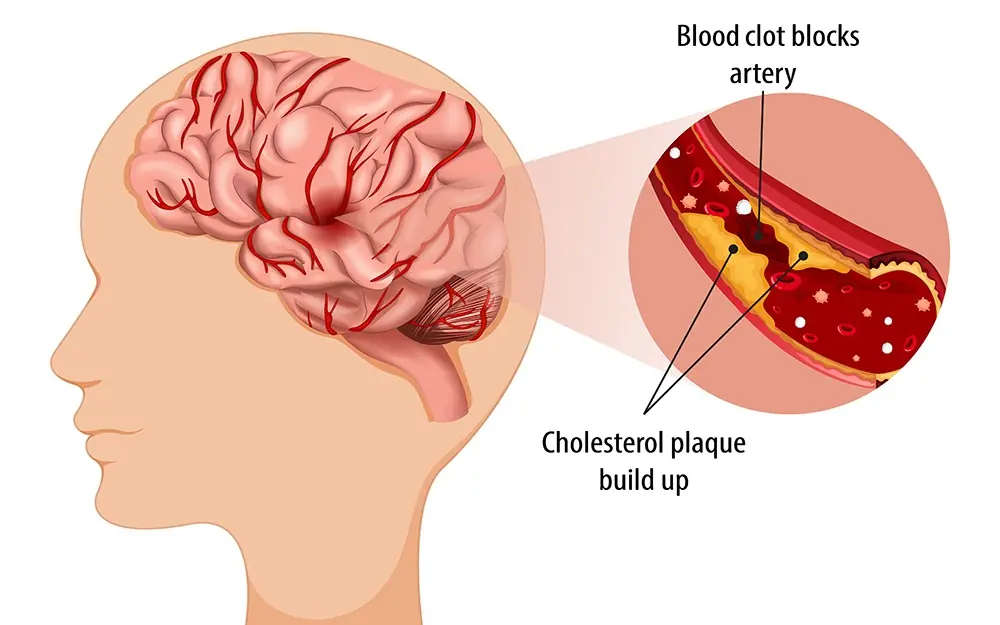
CLOGGED ARTERIES CAN CAUSE STROKES EAT THIS TO PROTECT YOUR BRAIN

5 Foods to Help Prevent HEART ATTACK That Nobody Talks About

Powerful Natural Detox to Cleanse Your Kidneys, Liver & Lungs!

Eat Crushed Garlic to Clean Your Arteries and Prevent Heart Attack
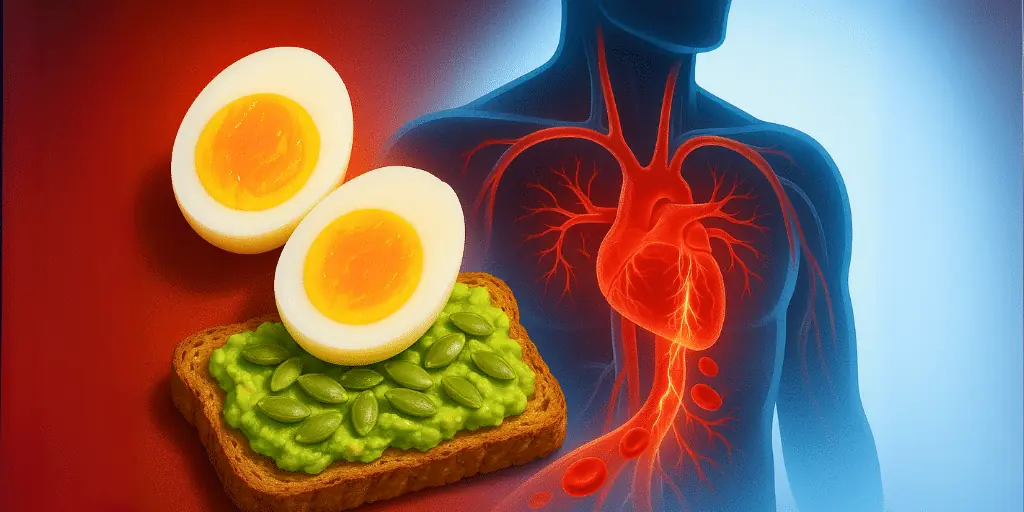
Men Over 60: Eat These 6 Breakfast Foods to Boost Blood Flow Naturally

What Happens When You Take Turmeric Daily (PCOS, Diabetes, Joint Pain) – Evidence-Based

Why You Wake Up to Pee at Night (and How to Stop It for Good!)
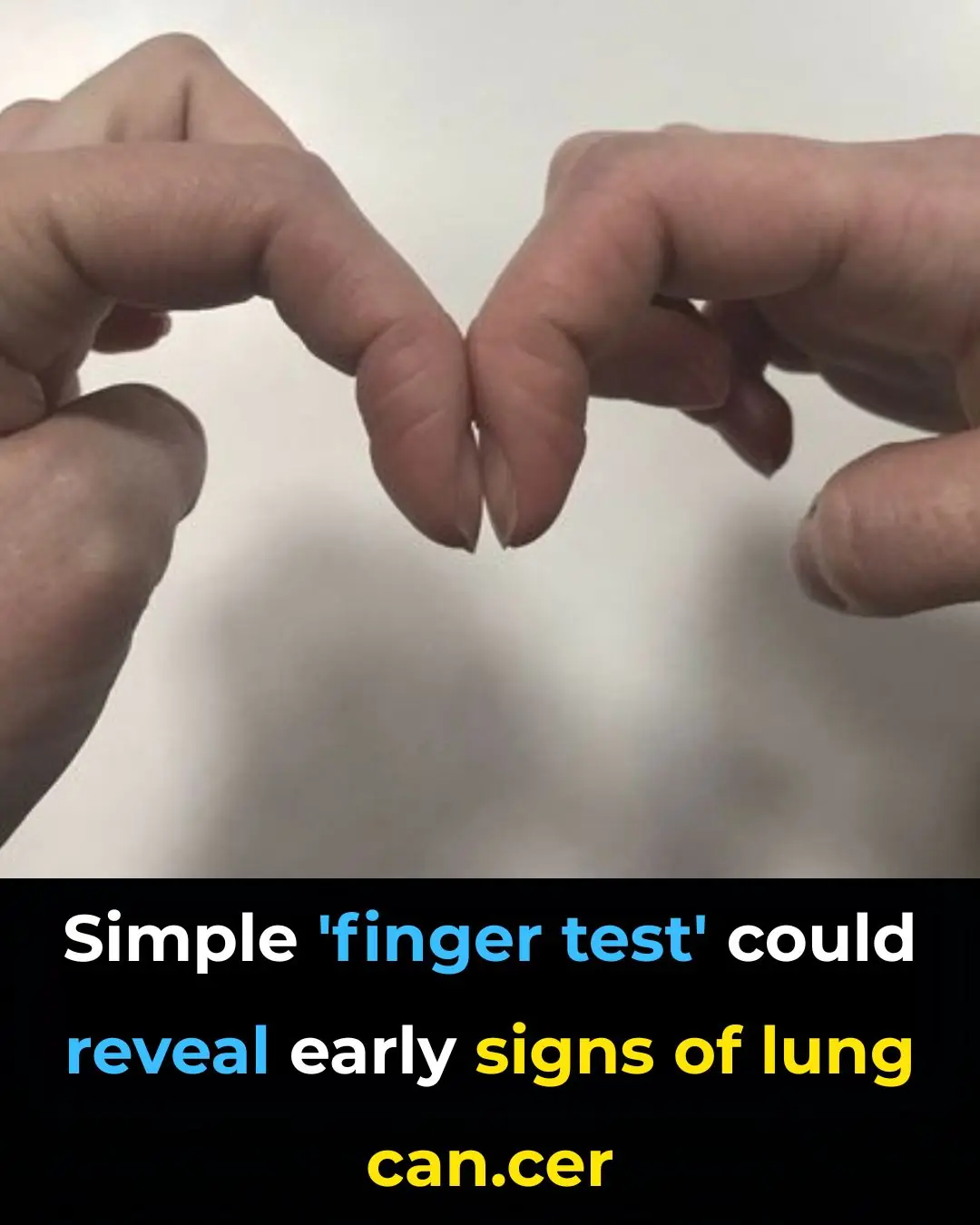
Simple ‘Finger Test’ Could Reveal Early Signs of Lung Cancer — Check Yours at Home

1 Teaspoon of Baking Soda Can Do THIS to Your Body!
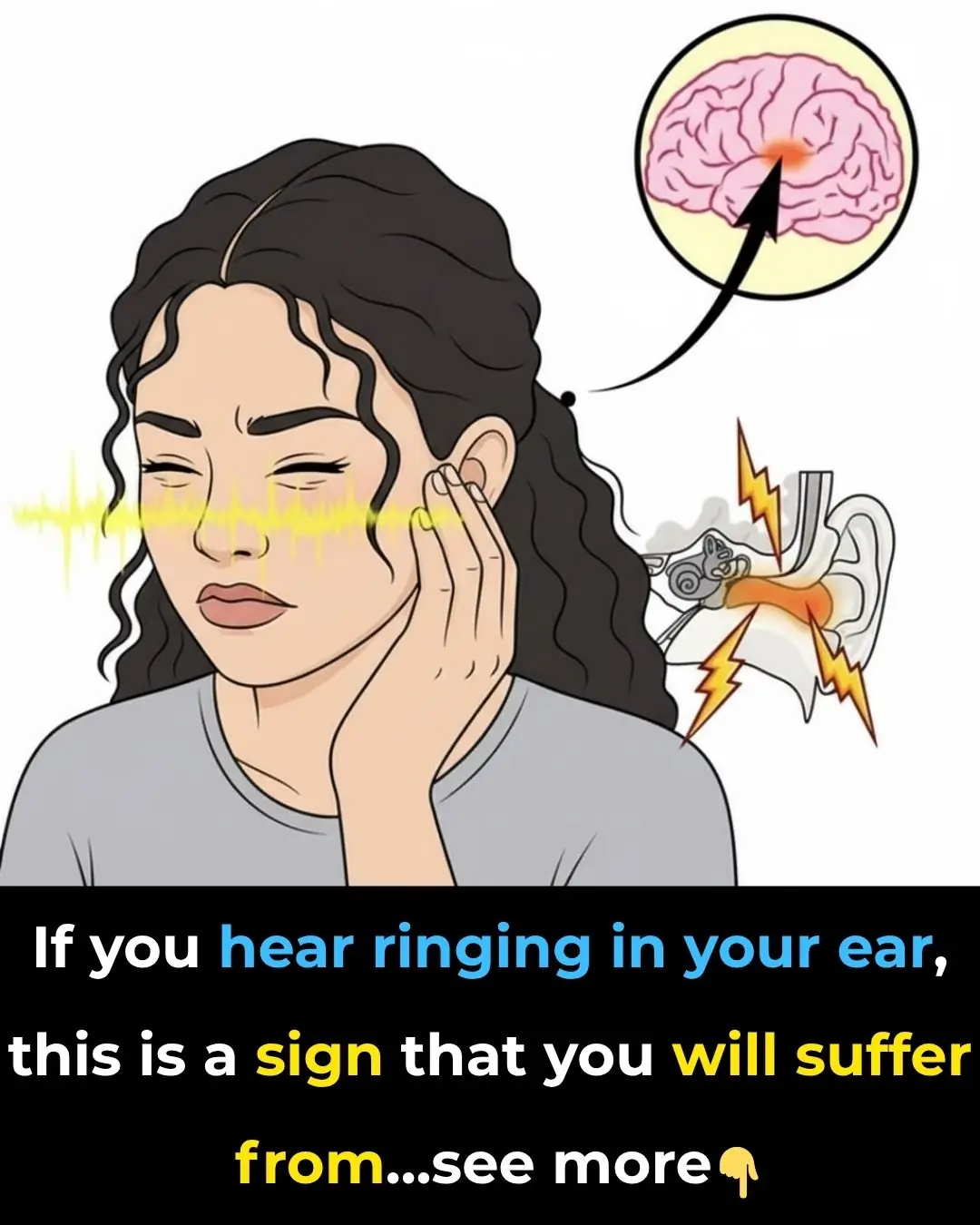
🔊 Ringing in Your Ear? What Tinnitus Really Means and When to See a Doctor

The Health Effects of Left Side Sleeping That Few Talk About

Top 15 Natural Collagen-Boosting Foods That Rebuild Skin, Joints, and Bones Fast

Cleanse Your Kidneys of Toxins With 2 Effective 1-Ingredient Drinks

The 60-Second Trick to Reset Your Nervous System (A Himalayan Salt Bio-Hack)

Top 6 Natural Remedies to Fight Neuropathic Pain (Peripheral Neuropathy Home Remedies)
News Post

The Man Who Remembers Hunger: Why One Act of Kindness Matters.

The Little Elephant Who Was Born Different: A Pink Calf in the Wild

When Love Has No Address: A Man and His Dogs

A Boy, a Soldier, and an Umbrella: A Timeless Gesture of Respect

Purslane: The Superfood That Tastes Better Than Meat – 7 Reasons to Grow It in Your Garden

Don't Throw Old Tomatoes in the Trash.Turn them into flavorful tomato powder.

Banana Blossom: Health Benefits, Recipes, and Uses
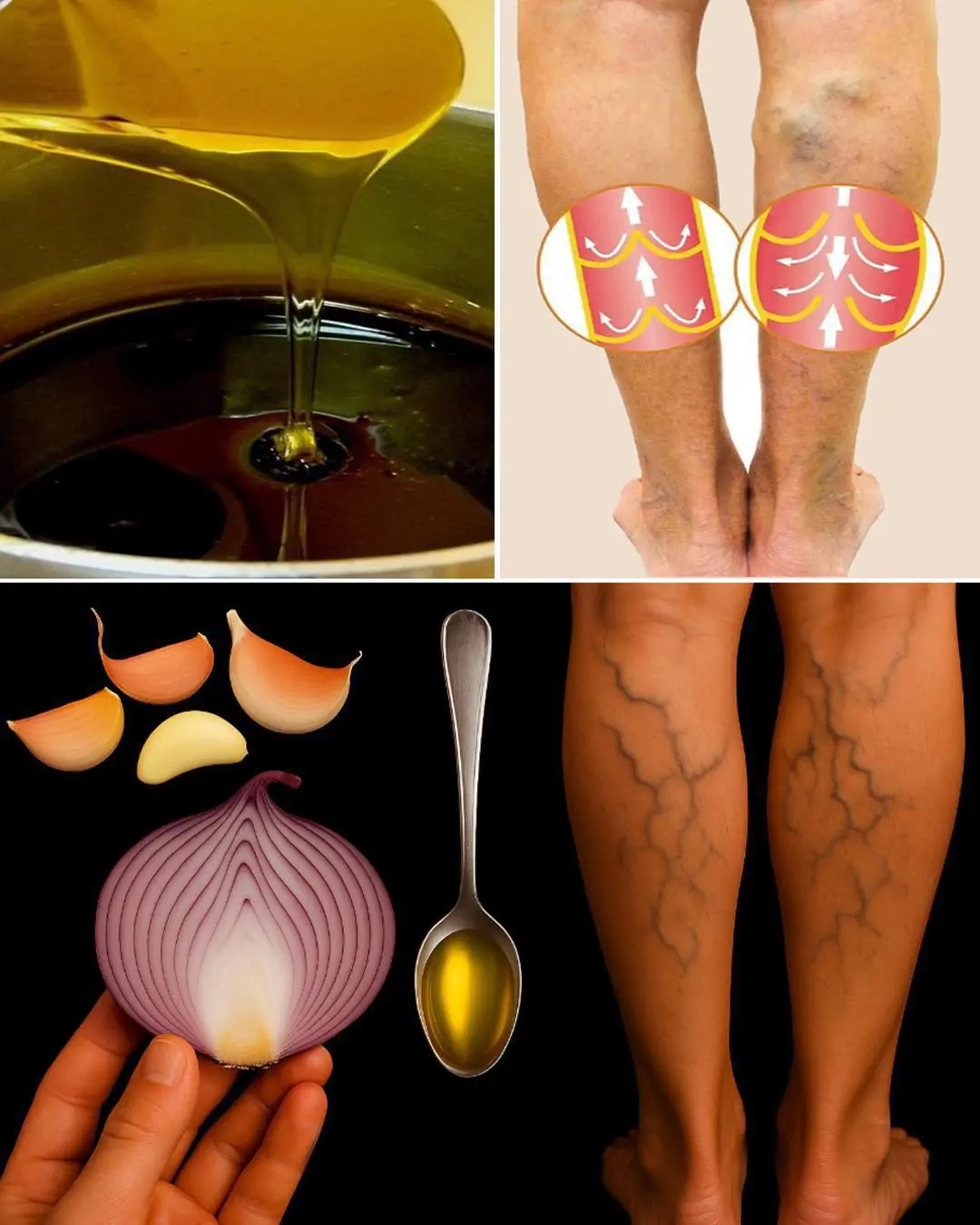
Onion, Garlic, and Olive Oil Remedy for Varicose Veins: Natural Treatment and Benefits

The Photo of the Year: A Glimpse of Courage the World Must Not Forget

7 Surprising Benefits of Euphorbia Hirta

How to Regrow Food in Water: 10 Foods that Regrow Without Dirt

Firefighters Save Trapped Fawn from Storm Drain, Reuniting It with Nature

10 benefits of pigweed

Wild Lettuce Sap: Benefits and Uses

When “Just a Dog” Becomes the Difference Between Life and Death

Teddy’s Hug: A Rescue Story of Unbreakable Love

Benny’s Redemption: A Journey from Loneliness to Love

Man has stroke after bathing right after meal: 3 mistakes you shouldn’t make

Redemption in Yarn and Paws: How a Cat Gave My Brother Back His Life
